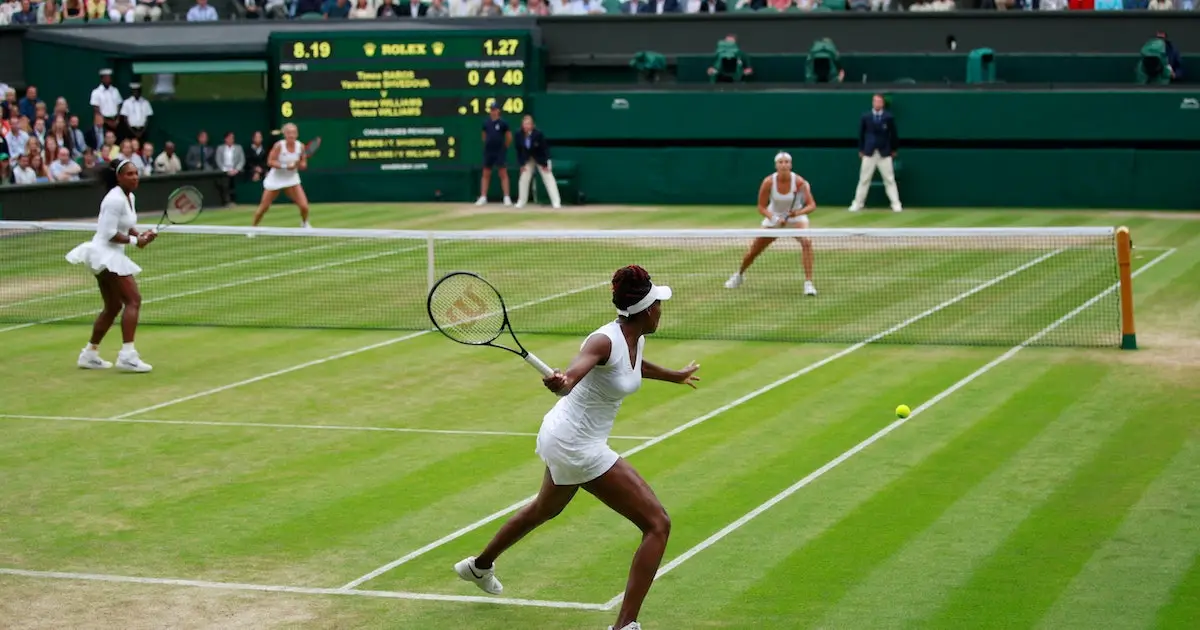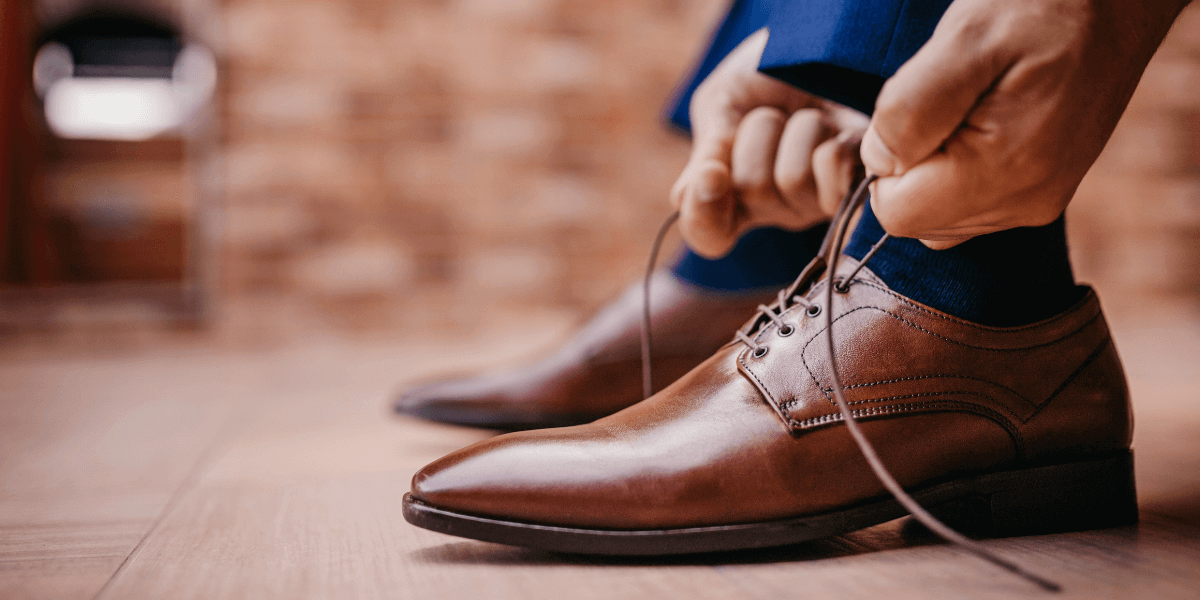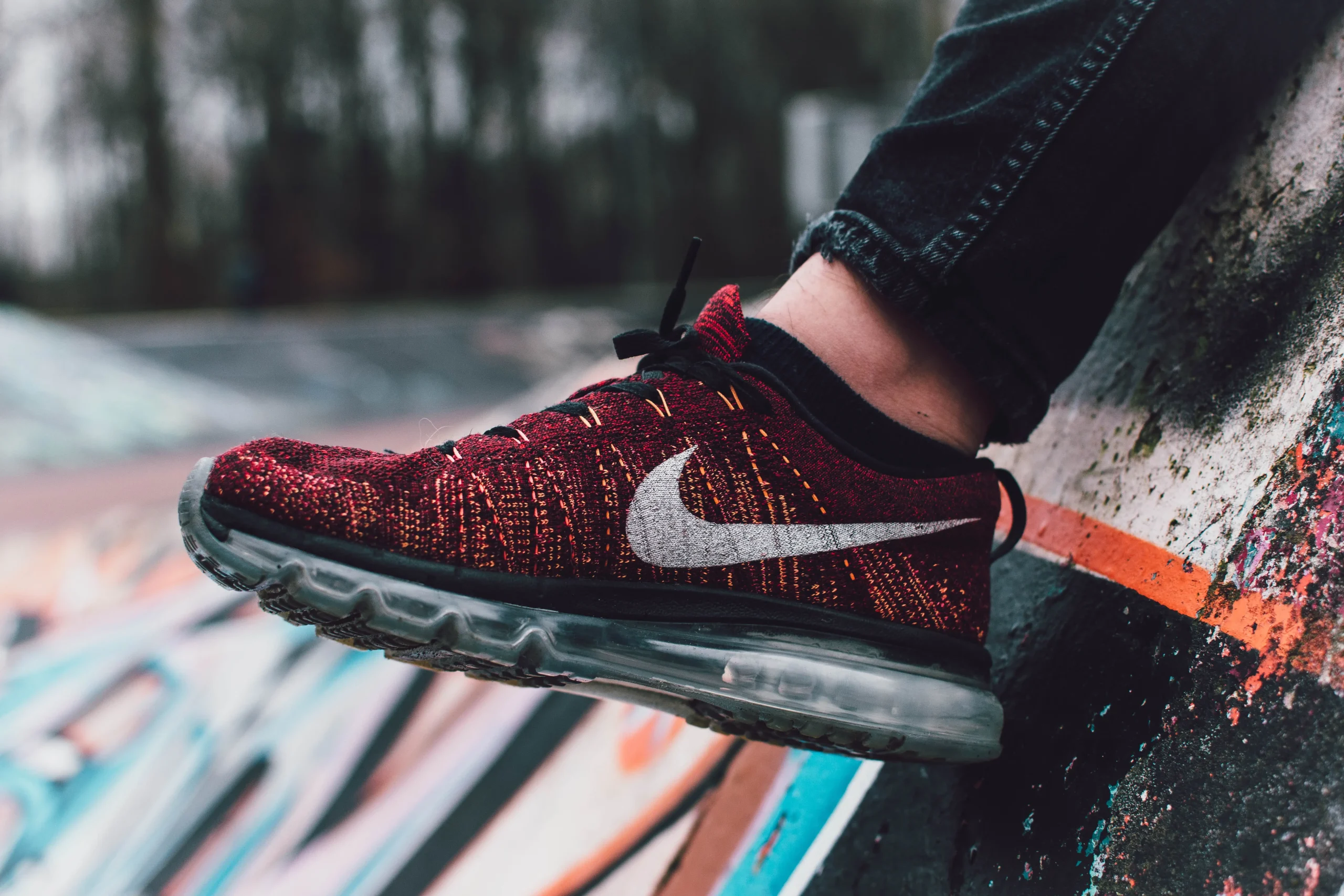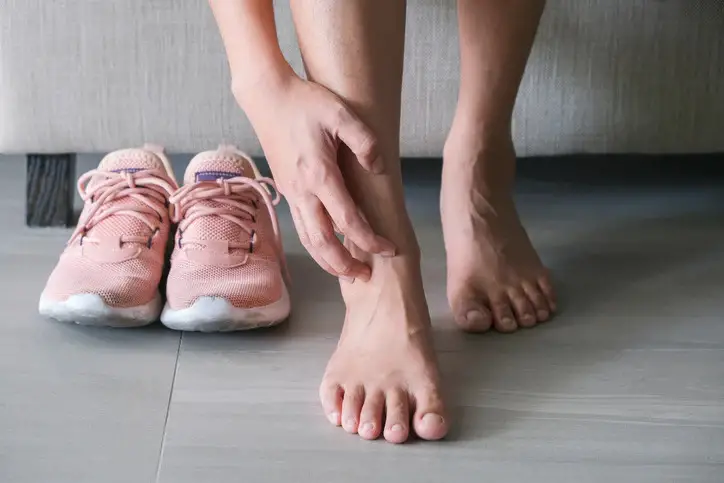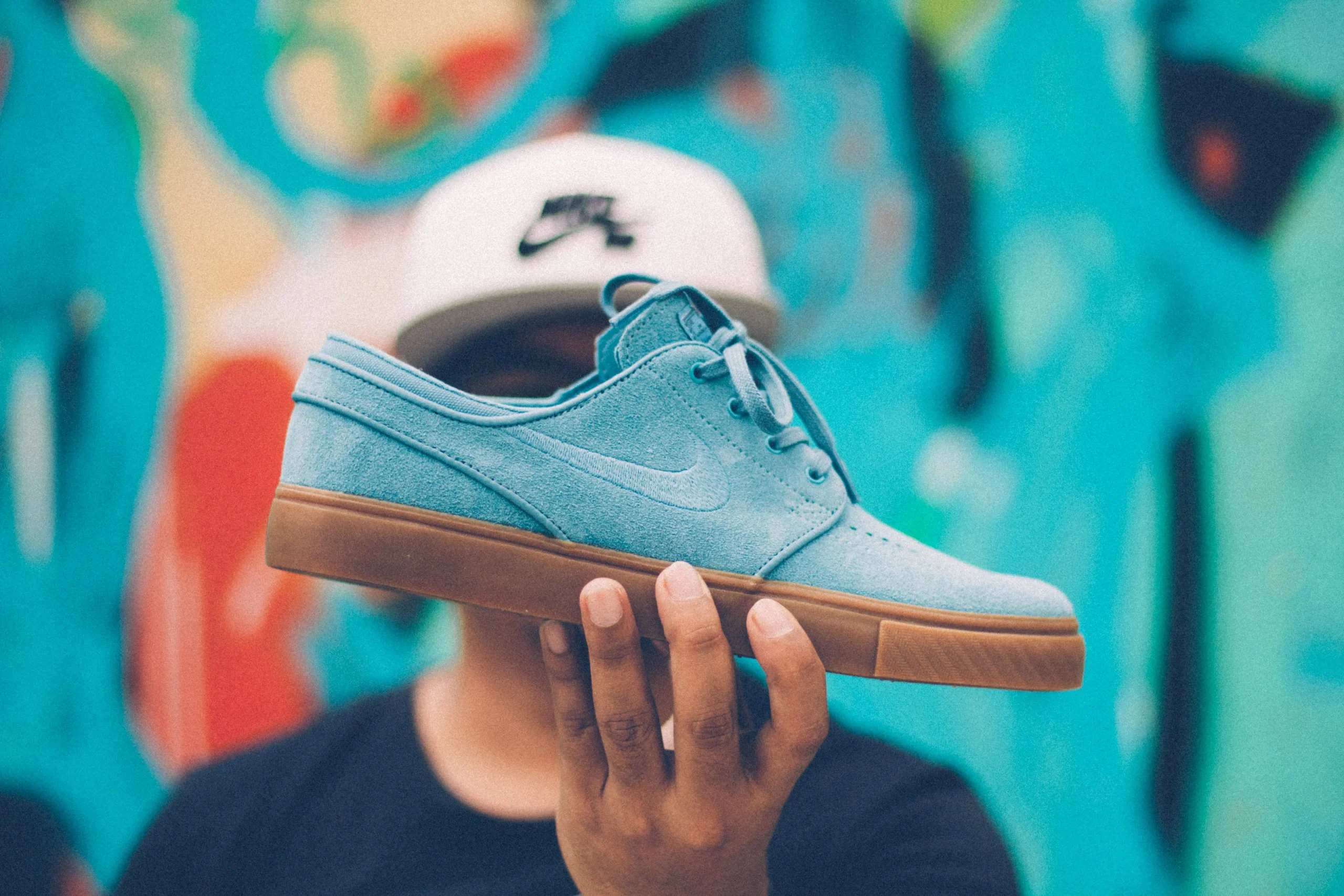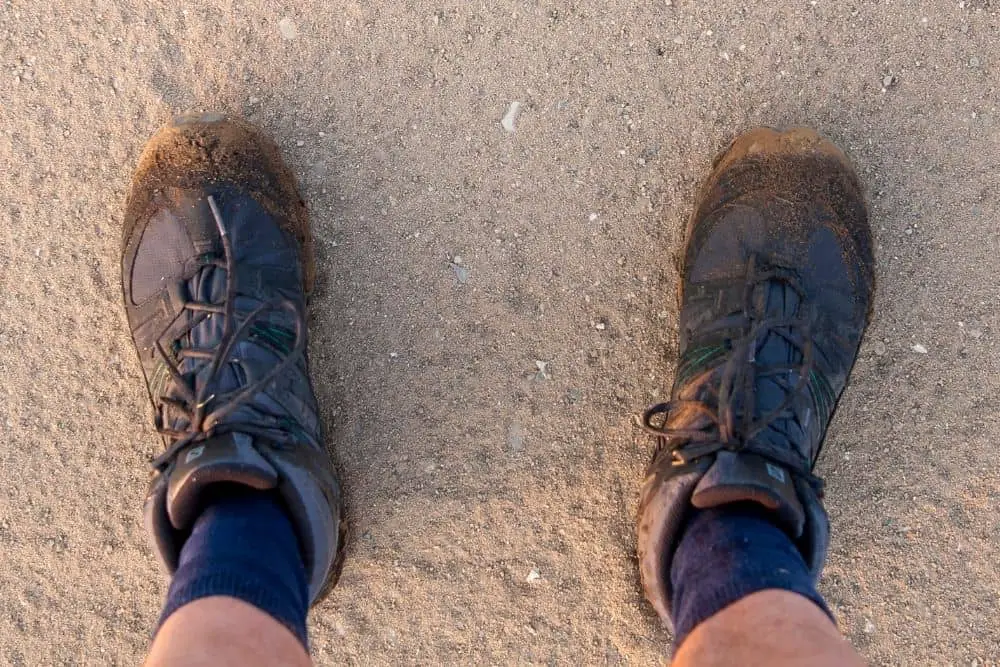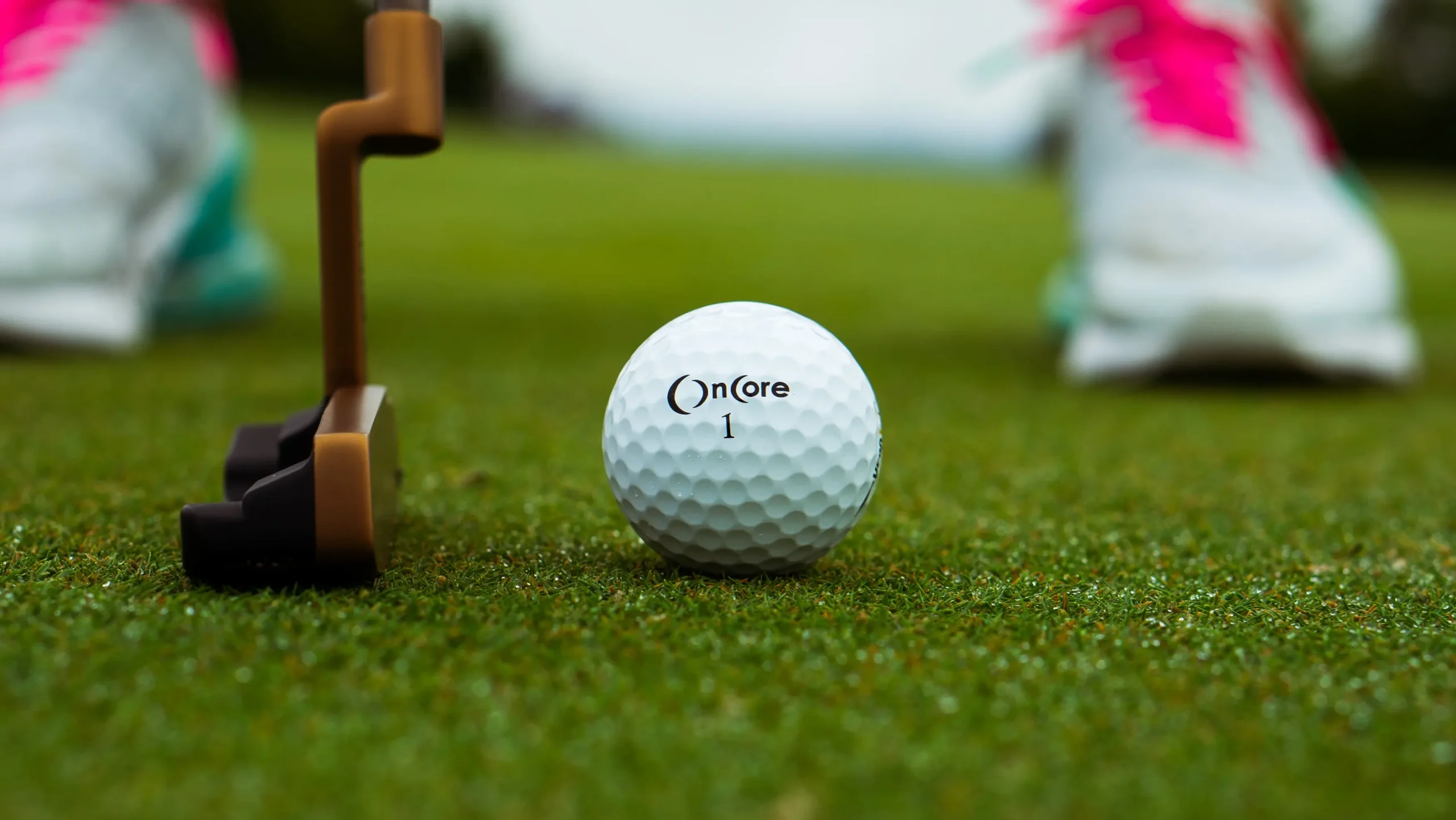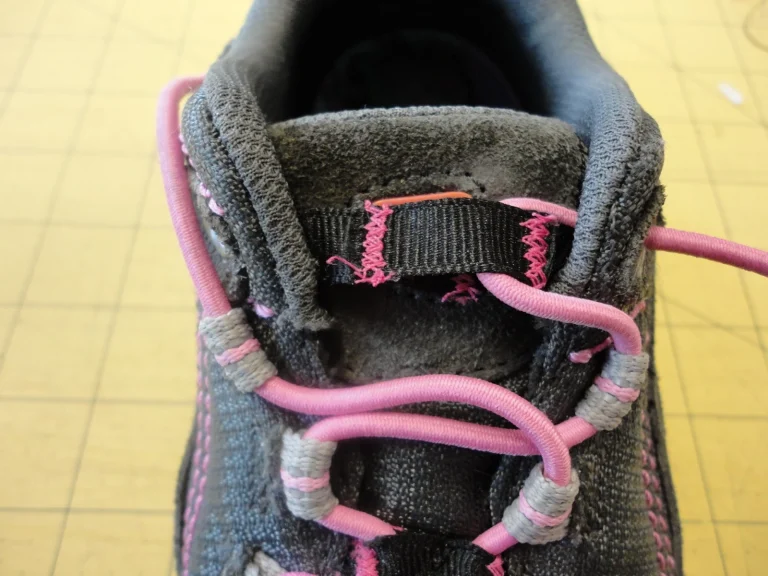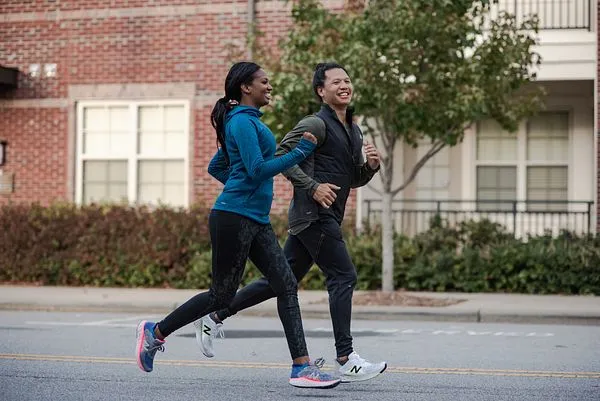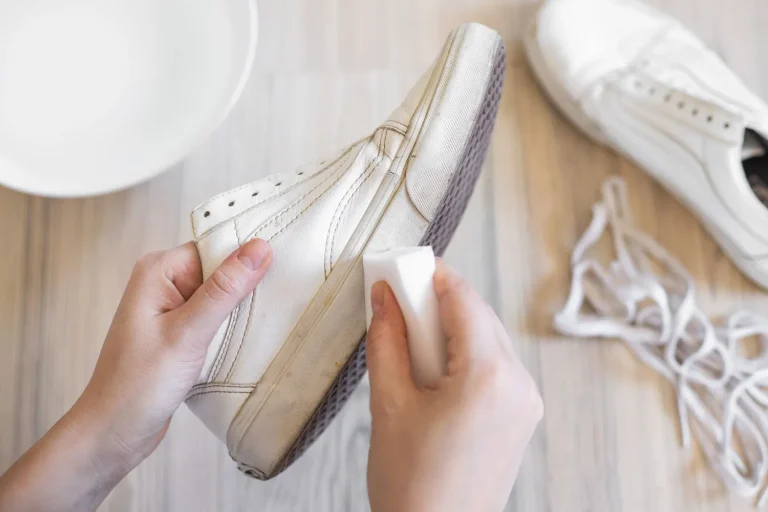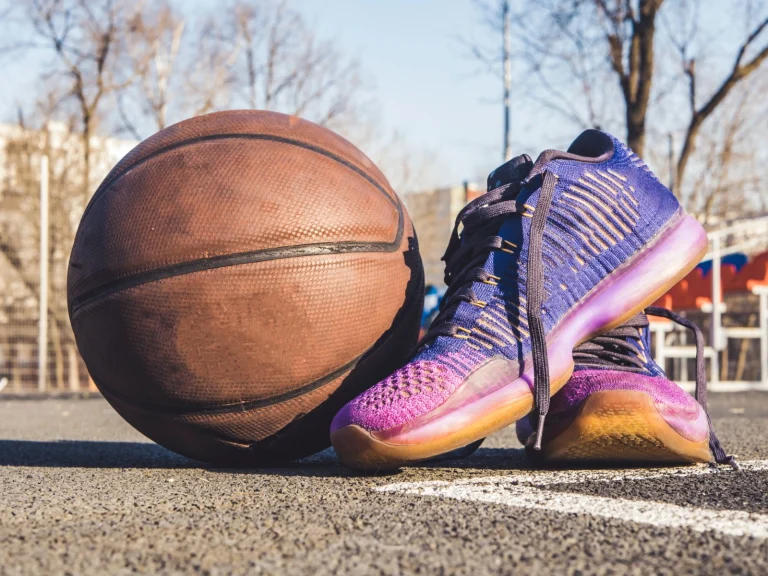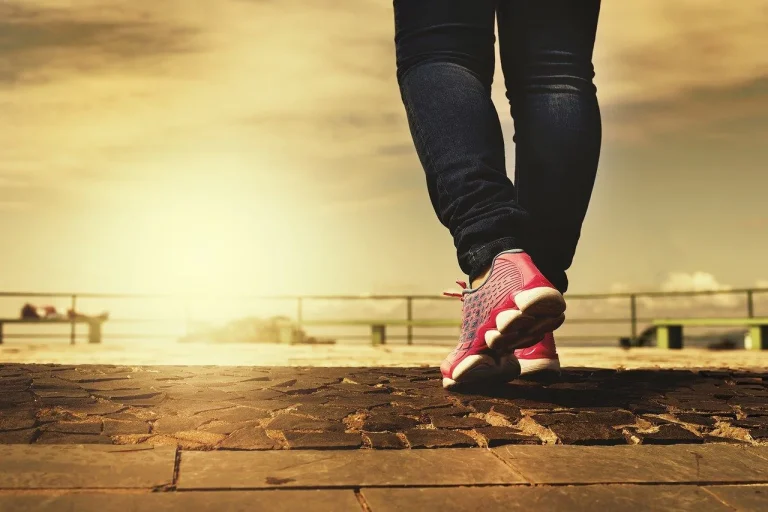Why Grass Is The Fastest Surface In Tennis?
Grass is widely regarded as the fastest surface in tennis, offering unique characteristics that set it apart from other playing surfaces. Its speed and low bounce make it a challenging and exciting surface for players and spectators alike.
In this blog post, we will explore the reasons why grass is considered the fastest surface in tennis, examining its impact on the game and the strategies employed by players to succeed on this unique playing field.
Whether you are a tennis enthusiast or simply curious about the sport, this article will provide you with a comprehensive understanding of why grass is the preferred surface for those seeking fast-paced and thrilling matches.
Historical Background of Grass surface for tennis
The use of grass surfaces in tennis dates back to the early days of the sport. Grass courts have a long and rich history, and they have played a significant role in shaping the game of tennis as we know it today.
The origins of grass courts can be traced back to the 16th century in England, where the sport of tennis was first played. Initially, the game was played on natural grass surfaces, which were readily available and provided a suitable playing area. These early grass courts were often uneven and required regular maintenance to keep them in good condition.
As the popularity of tennis grew, so did the demand for better playing surfaces. In the late 19th century, the All England Lawn Tennis and Croquet Club (AELTC) introduced the first standardized grass court for the Wimbledon Championships. This marked a significant milestone in the history of grass courts, as it set the standard for future tennis tournaments.
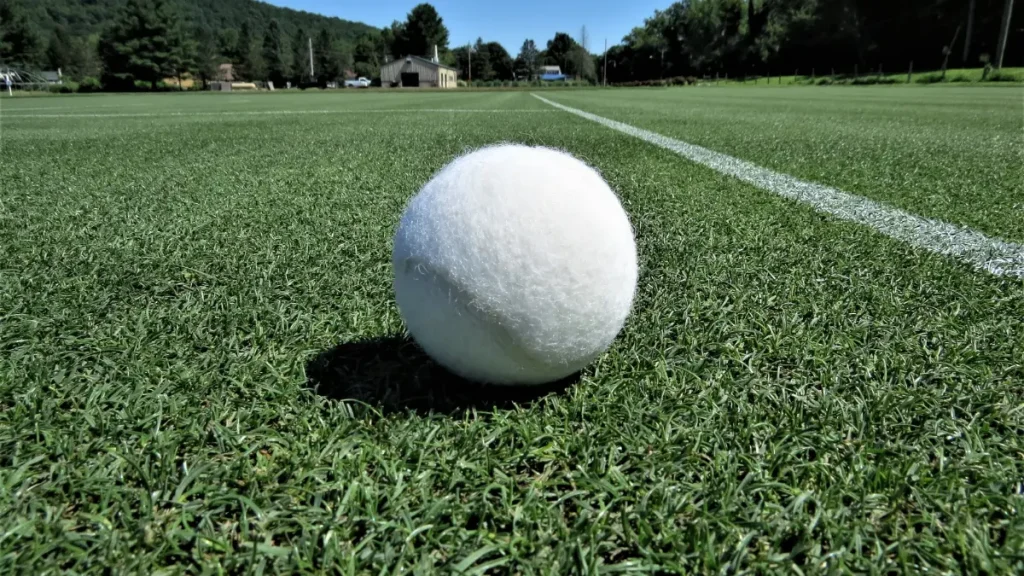
Grass courts offer unique playing characteristics that distinguish them from other surfaces. The grass surface is relatively fast, which means that the ball bounces lower and skids off the surface, making it challenging for players to react quickly.
Read More: What Surface Is Fastest In Tennis?
Read More: What Are The Rules For Playing Tennis?
Surface Composition and Ball Speed
Surface composition refers to the materials used to construct the surface on which the ball interacts. For example, in tennis, the surface can be made of grass, clay, or hard court materials like concrete or asphalt. In golf, the surface can be grass, while in baseball, it can be a combination of grass and dirt.
The surface composition can significantly impact the speed at which a ball travels. Here are a few key factors to consider:
Friction
Different surface materials have varying levels of friction. Friction is the force that opposes the motion of an object. Surfaces with higher friction can slow down the ball, reducing its speed. Conversely, surfaces with lower friction allow the ball to travel faster.
Bounce
The surface composition can affect the bounce of the ball. Surfaces with more elasticity, like hard courts in tennis, tend to provide a higher bounce, which can increase the ball speed. On the other hand, surfaces with less elasticity, like clay courts, may absorb some of the ball’s energy, resulting in a slower speed.
Grip
The grip between the ball and the surface is crucial for generating speed. Surfaces that offer better grip, such as grass in golf or a well-maintained baseball field, can enhance the transfer of energy from the player to the ball, resulting in higher speeds.
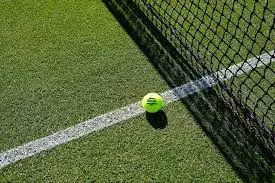
Grass Court Tactics and Strategies for tennis
Here are some grass court tactics and strategies for tennis, explained in easy English:
Serve and Volley
Grass courts are known for their fast and low bounce, making it difficult for opponents to return powerful serves. Take advantage of this by serving aggressively and following it up with a quick approach to the net for a volley. This puts pressure on your opponent and gives you control of the point.
Play with Slice
The low bounce on grass makes it ideal for using slice shots. Slice shots stay low and skid through the court, making it challenging for your opponent to handle. Use slice backhands and slice serves to keep your opponent off balance and force errors.
Quick Footwork
Grass courts require quick reactions and nimble footwork due to the faster pace of the game. Focus on staying light on your feet, taking small steps, and being prepared to change direction quickly. This will help you reach shots efficiently and maintain good court coverage.
Aggressive Returns
Grass courts favor aggressive play, so when returning serve, aim to take control of the point early. Look for opportunities to hit deep and powerful returns, putting pressure on your opponent and preventing them from dictating the rally.
Adapt to Low Bounces:
Grass courts have a lower bounce compared to other surfaces, so it’s important to adjust your shots accordingly. Bend your knees slightly more to get down to the ball’s level and aim to hit shots with a flatter trajectory to keep them low and skidding through the court.
Use Drop Shots
Grass courts can be conducive to drop shots due to the low bounce. Surprise your opponent by mixing in well-executed drop shots, especially when they are positioned far behind the baseline. This can catch them off guard and force them to scramble to the net.
Stay Close to the Baseline
On grass, it’s advantageous to stay closer to the baseline to take the ball early and minimize your opponent’s reaction time. By positioning yourself well, you can put pressure on your opponent and control the pace of the game.
Remember, these tactics and strategies are not set in stone and may vary depending on your playing style and the specific match situation. It’s always a good idea to adapt and adjust your game plan as needed.
Grass Speed Compared To Clay/Hard Courts
This blog post aims to provide an overview of the speed characteristics of grass courts compared to clay and hard courts in tennis. Understanding these differences can help players and fans appreciate the unique challenges and strategies associated with each surface.
Grass Courts: Grass courts are known for their fast playing surface. The speed of the grass court can vary depending on factors such as weather conditions and maintenance. However, in general, grass courts offer a faster pace of play compared to clay and hard courts.
Advantages on Grass: The fast nature of grass courts favors players with a powerful serve and a strong net game. The low bounce allows for aggressive play, as the ball stays low and doesn’t bounce as high as on other surfaces.
Clay Courts: Clay courts are known for their slower playing surface. The ball bounces higher and slower on clay, allowing players more time to react and set up their shots. The clay surface also provides more grip, making it easier to slide and change direction.
Advantages on Clay: Players who excel at long rallies, defensive play, and heavy topspin shots tend to perform well on clay courts. The higher bounce also gives players more margin for error, as the ball doesn’t skid or stay as low as on grass courts.
Hard Courts: Hard courts provide a medium-paced playing surface that falls between grass and clay courts in terms of speed. The ball bounces lower and faster compared to clay courts but higher and slower compared to grass courts.
Advantages on Hard Courts: Hard courts offer a balanced playing surface that allows for a variety of playing styles. Players who possess a good mix of power, consistency, and versatility tend to excel on hard courts.
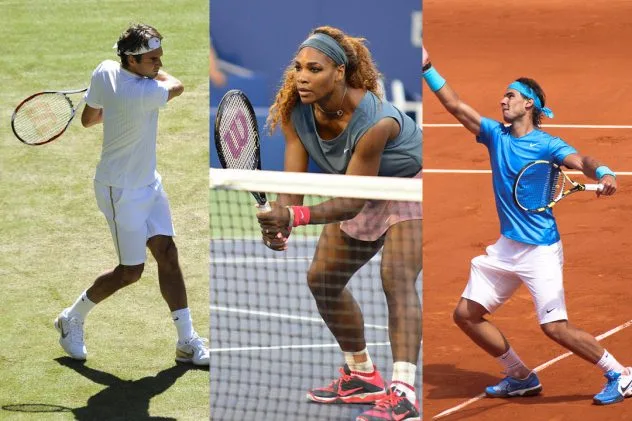
The Grass Courts at Wimbledon
“The Grass Courts at Wimbledon” is a tennis venue that is fully optimized for playing on grass surfaces. It is located in Wimbledon, London. And is widely regarded as one of the most prestigious and historic tennis tournaments in the world.
The grass courts at Wimbledon are meticulously maintained to ensure a consistent and high-quality playing surface. The grass is cut to a specific height and is regularly watered and rolled to maintain its firmness and smoothness. This unique playing surface requires players to adapt their game due to the faster ball speed and lower bounce compared to other court surfaces like clay or hard courts.
Wimbledon is known for its rich traditions, including the all-white dress code for players and the consumption of strawberries and cream by spectators. The tournament attracts top tennis players from around the globe. And winning Wimbledon is considered a significant achievement in the sport.
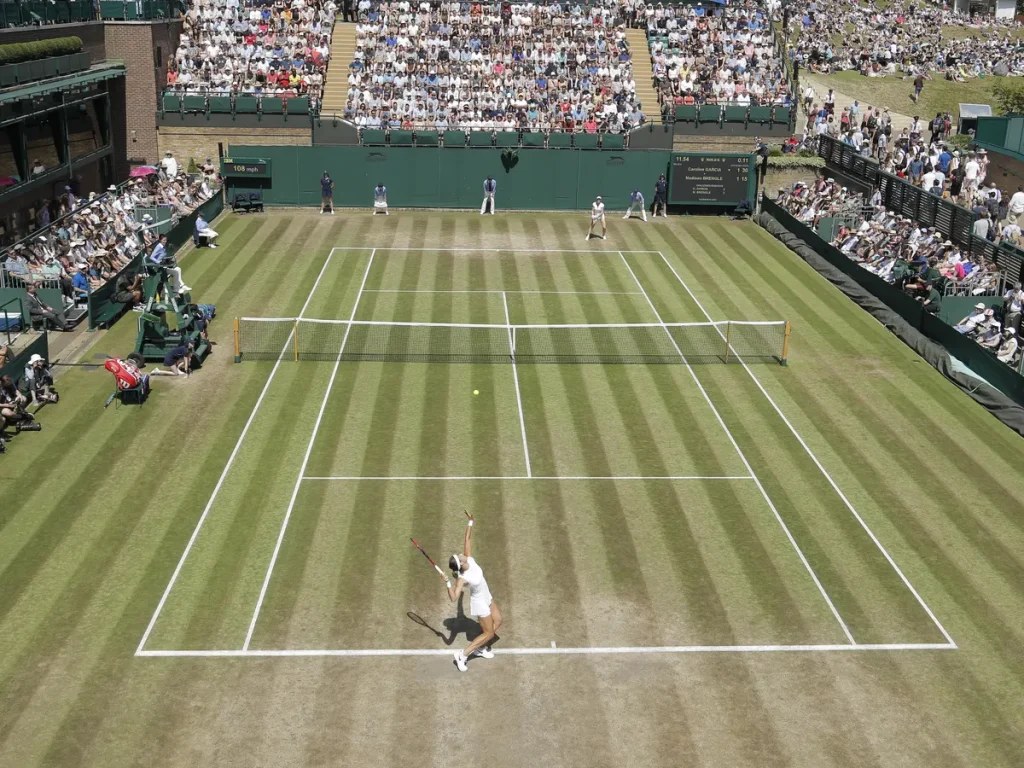
The tournament’s history, traditions, and the skill required to succeed on grass make it a truly special event in the world of tennis.
Conclusion
Grass is considered the fastest surface in tennis due to several factors. Firstly, the low bounce on grass courts makes it challenging for players to anticipate and react to shots, as the ball skids and stays low. This favors aggressive players who can take advantage of the faster pace and hit powerful shots. Secondly, the slick nature of grass makes it difficult for players to maintain their footing, adding an element of unpredictability to the game.
Frequently Asked Questions
Latest Post

